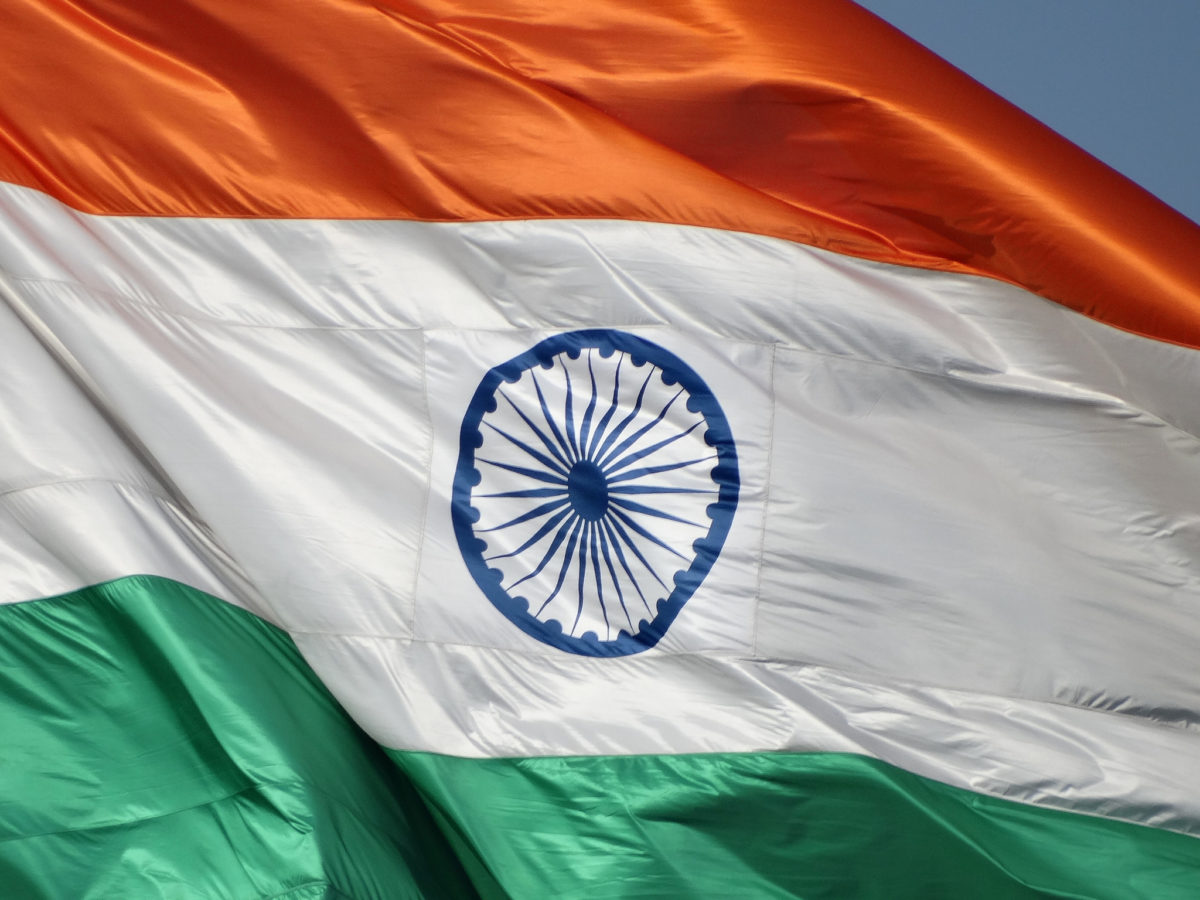Thermal power has had its day in India, the head of a national PV trade body has claimed after the Solar Energy Corporation of India concluded what it called the world’s largest renewables-plus-energy-storage capacity tender.
The procurement exercise was held to contract 1.2 GW of capacity in the form of assured supply of 600 MW of clean power for six hours daily during peak demand hours – 5.30-9.30am and 5.30pm-12.30am – on a day-ahead, on-demand basis. The successful bids comprised at least 3 GWh of energy storage capacity – pumped hydro or battery storage – plus associated clean energy generation assets.
For the full story, please visit our pv magazine India site.
This content is protected by copyright and may not be reused. If you want to cooperate with us and would like to reuse some of our content, please contact: editors@pv-magazine.com.




900Mw pumped energy storage, and 300Mw battery storage are very fool and against science !
This large scale energy storage must be hydrogen.
Hi there, Thanks for your comment, could you please explain to our readers why pumped energy storage and battery storage is “against science”
I understand that Tamil Nadu Generation and Distribution Corp. is currently developing a 2000 MW pumped storage project in India. There are existing pumped storage projects in excess of 3000 MW worldwide, so 900 MW is not unreasonable and certainly not “against science.”
There are several 300+ MW battery storage projects under contract right now and one 100 MW battery operating in Australia. Again, not against science.
if you look at the energy lost on converting electric power to hydrogen and converting it back to electricity, the total losses are far higher than pump storage or battery storage. Hydrogen is there for less green and more “against science” than batteries or pump storage.
That is before you take commercials into account and the difficulty in storing hydrogen. Factor that in and hydrogen costs way more than batteries. And how does hydrogen convert back to electricity to use it? Fuel Cells, a very expensive tech that you don’t need for batteries. Batteries directly give you electricity.
In personal vehicles, this is the reason hydrogen powered cars have not become practical. The existing hydrogen pumps, even after heavy subsidies, end up selling at a price that’s 8 times (or more) expensive per km than premium priced electricity to charge a battery EV. Home charging a battery EV is even cheaper. Now add in the fact that hydrogen fuel cells are way more expensive than batteries, the buying cost of a hydrogen vehicle is also higher than battery EV.
This is awesome
VERY Informative.
“for six hours daily during peak demand hours – 5.30-9.30am and 5.30pm-12.30am”?? can anyone clarify? should it be ‘off-peak’?
Hi Fenki, I cannot be absolutely certain but, under those tender terms stated I understood it to mean bidders would have to offer six hours per day at any point during those two peak windows.
Hey Fenki,
“for six hours daily during peak demand hours – 5.30-9.30am and 5.30pm-12.30am”?? can anyone clarify? should it be ‘off-peak’?”
In India, the demand peaks between 0600-0900 and 1800-2200 hours (give or take a half hour or so). In this tender, the peak hours have been defined as those hours you’ve mentioned and they include the grid peaks we see in India.
The tender is structured with a 2 part tariff. A flat predetermined rate for off peak hours and a price discovered (for the peak hours) via a reverse auction (where the lowest bidder for the per kwh tariff wins)
So, getting to your point – it is correctly mentioned here
@Max, partly correct.
1. Bidders have to offer power during 24 hours at different flat tariffs (details in response to Fenki)
2. They have to commit to a CUF AND a capacity for this supply.
3. For peaks – Greenko would have to supply 450MW for 6 hours (out of the listed 11)
4. For the rest of the day – they have to calculate and supply an ‘X’ MW so that their commitments on CUF are met (they can exceed their committed CUF of course)
Thanks for clearing that up for us Kadu.
Dear all, please let me know if you know rough capex for this 900 MW plant and how many units (MW), it will provide 24 hours continuous power supply? Currently all I know is 100 MW Solar PV Plant cost about 44 to 50 millions USD (CAPEX) in India but I want to know the CAPEX for PHES (Pumed Hydro Energy Storage) based PV Plant which guarantees 100 MW of 24 hours continuous power supply to grid. Thanks – Mehul (mehulkumarvpatel@gmai.com)